Christy Rodriguez
Travel & Finance Content Contributor
88 Published Articles
Countries Visited: 36U.S. States Visited: 31
After having “non-rev” privileges with Southwest Airlines, Christy dove into the world of points and miles so she could continue traveling for free. Her other passion is personal finance, and is a cer...
Edited by: Keri Stooksbury
Keri Stooksbury
Editor-in-Chief
40 Published Articles 3358 Edited Articles
Countries Visited: 50U.S. States Visited: 28
With years of experience in corporate marketing and as the executive director of the American Chamber of Commerce in Qatar, Keri is now editor-in-chief at UP, overseeing daily content operations and r...
![TSA Airport Security – 80 Frequently Asked Questions [2024]](https://upgradedpoints.com/wp-content/uploads/2020/08/TSA-officer-searches-bag.webp?auto=webp&disable=upscale&width=1200)
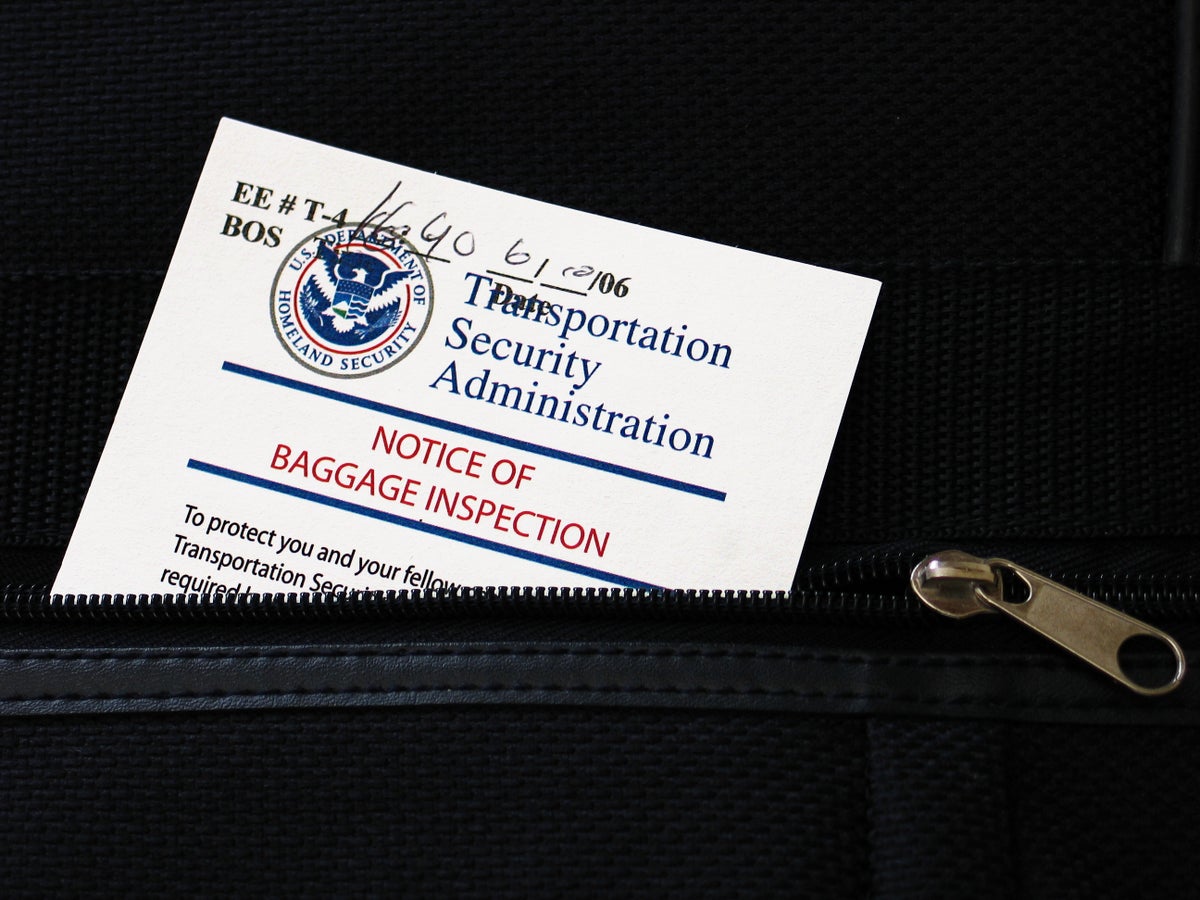
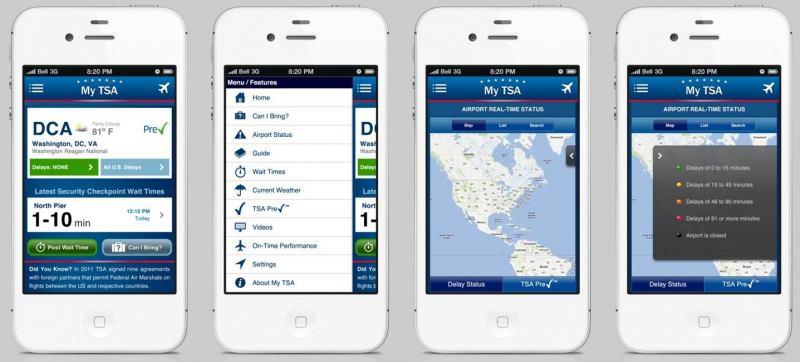
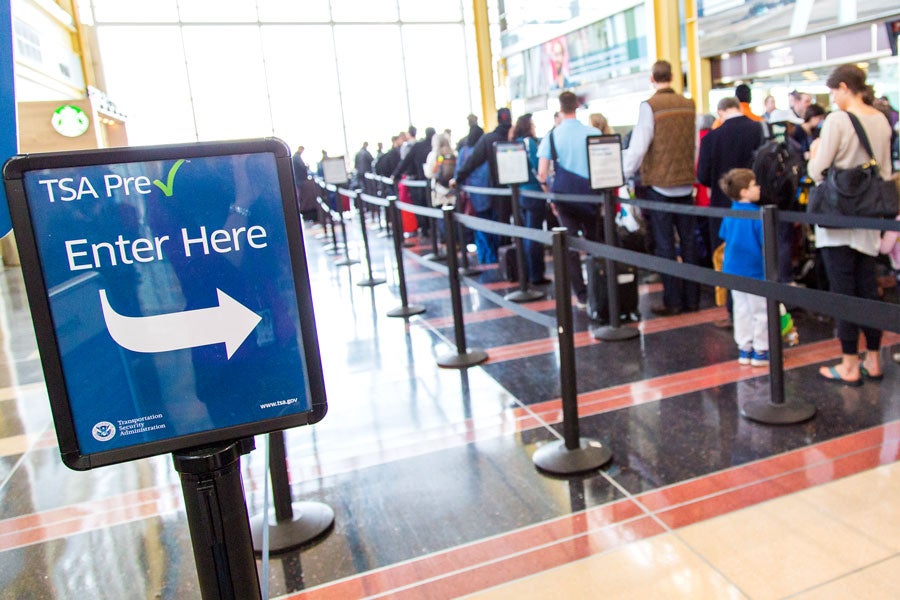
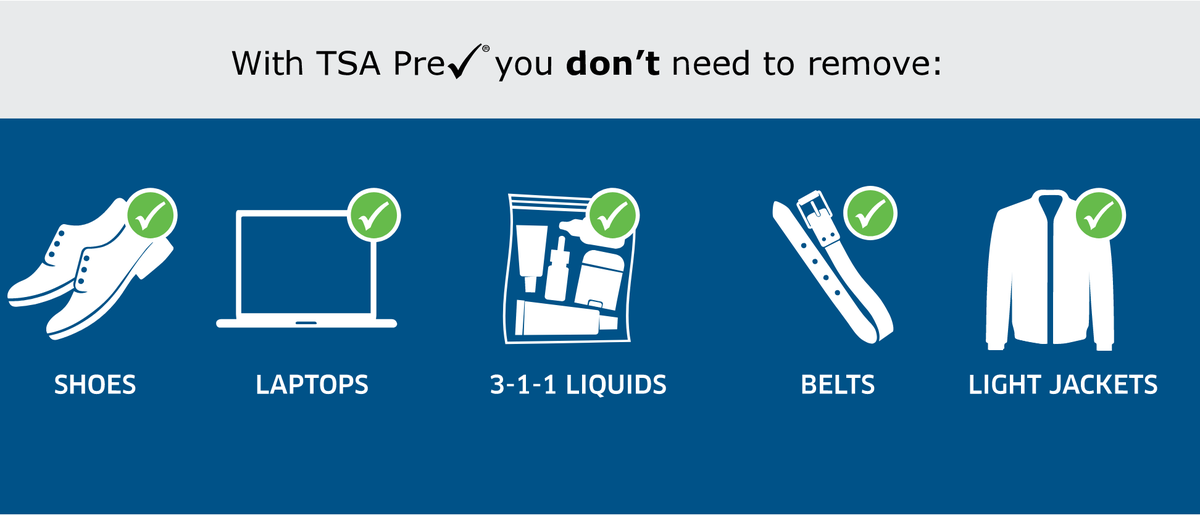
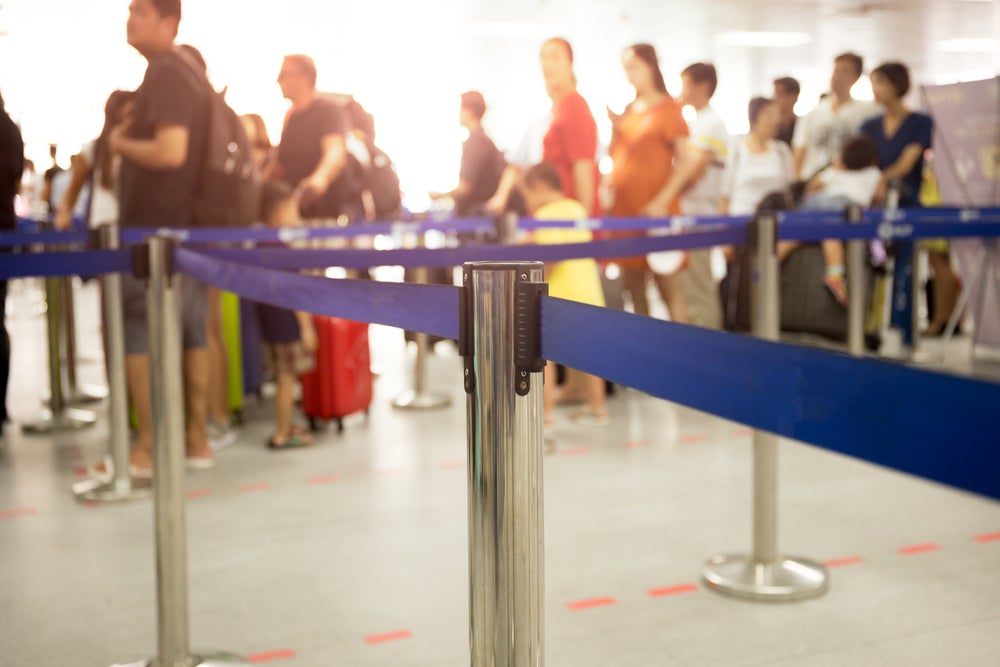
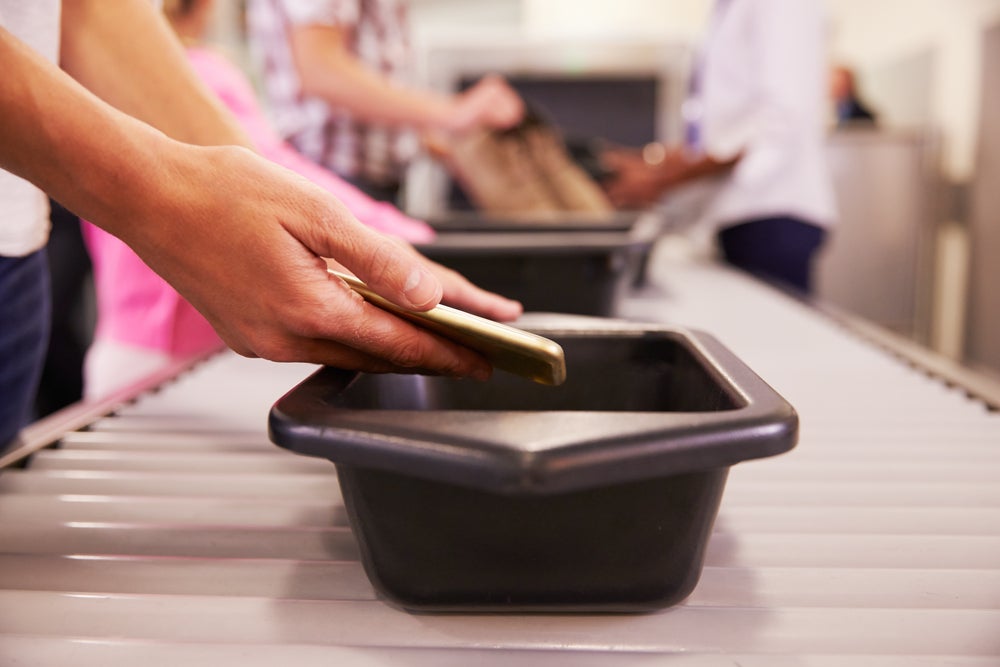

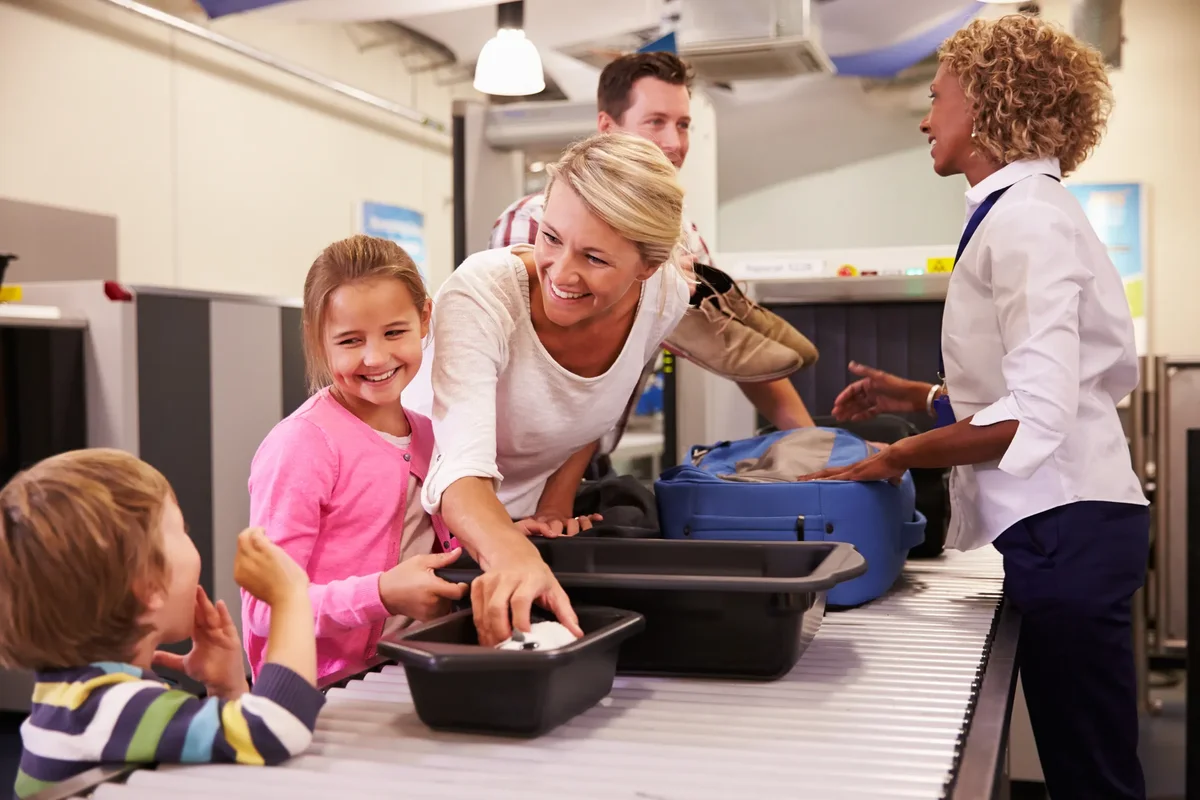
![Average TSA Security Wait Times by U.S. Airport [Interactive Data Study]](https://upgradedpoints.com/wp-content/uploads/2019/08/TSA-Security-Airport-Line.jpg?auto=webp&disable=upscale&width=1200)
![How To Easily Get Through TSA Airport Security [Includes Infographics]](https://upgradedpoints.com/wp-content/uploads/2018/12/How-To-Get-Through-TSA-Easily.png?auto=webp&disable=upscale&width=1200)
![TSA PreCheck: Everything You Need To Know [Application, Benefits, Costs & More]](https://upgradedpoints.com/wp-content/uploads/2022/01/TSA-Security-Line-at-Denver-International-Airport.jpg?auto=webp&disable=upscale&width=1200)